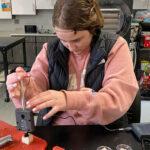
Sharing ideas and inspiration for engagement, inclusion, and excellence in STEM

In 1984, mullet haircuts were the rage, Purple Rain topped the Billboard charts, and a loaf of bread cost less than 75 cents. In addition, “just 8 percent of households had a personal computer, the World Wide Web was still five years away, and cellphones were enormous,” according to The Washington Post.
A lot has changed since then—including The Caliper.
What started 37 years ago as a semiannual, printed newsletter mailed to a small group of customers has become a monthly blog that is emailed to over tens of thousands of subscribers.
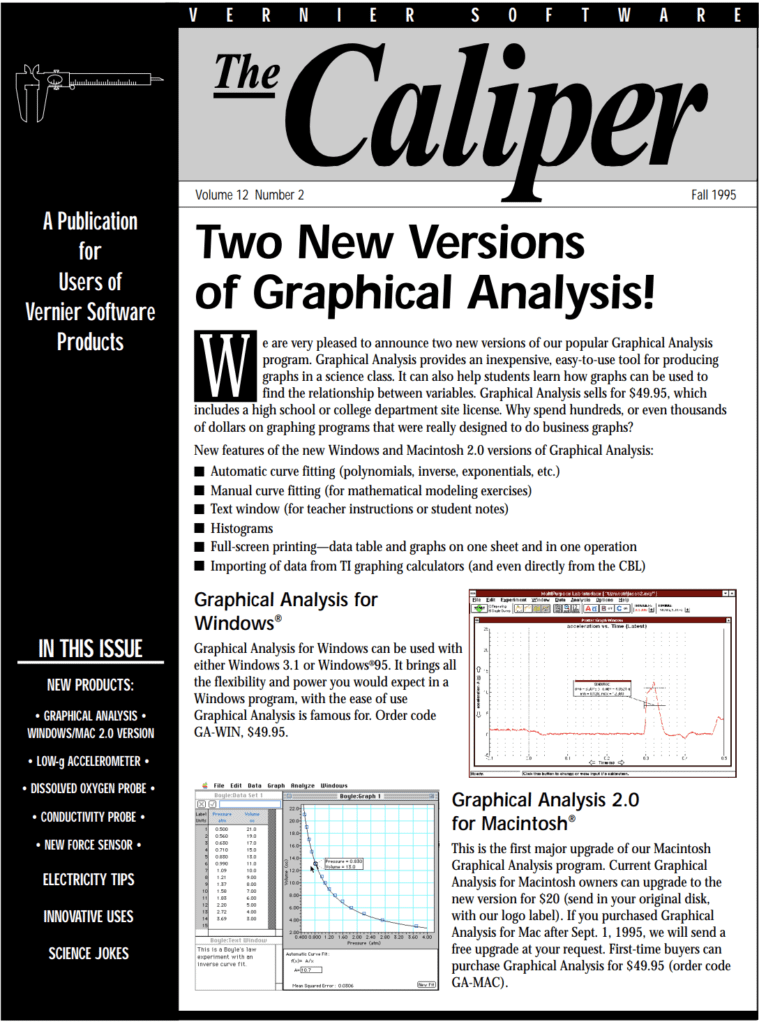
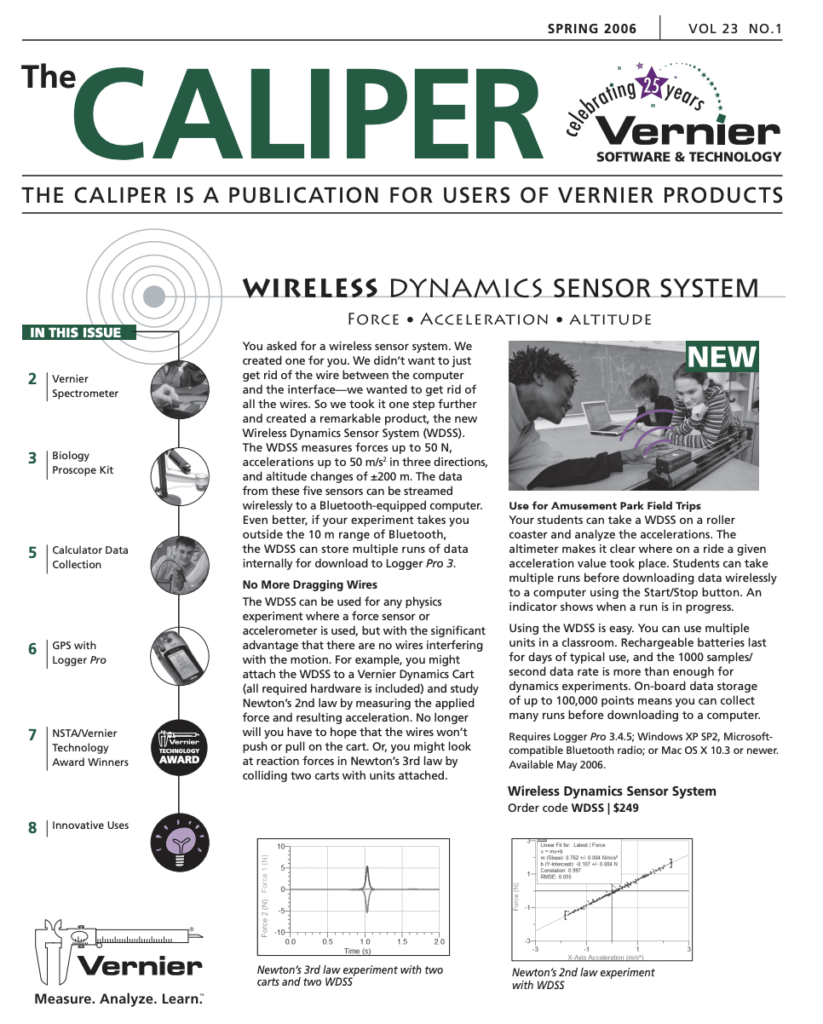

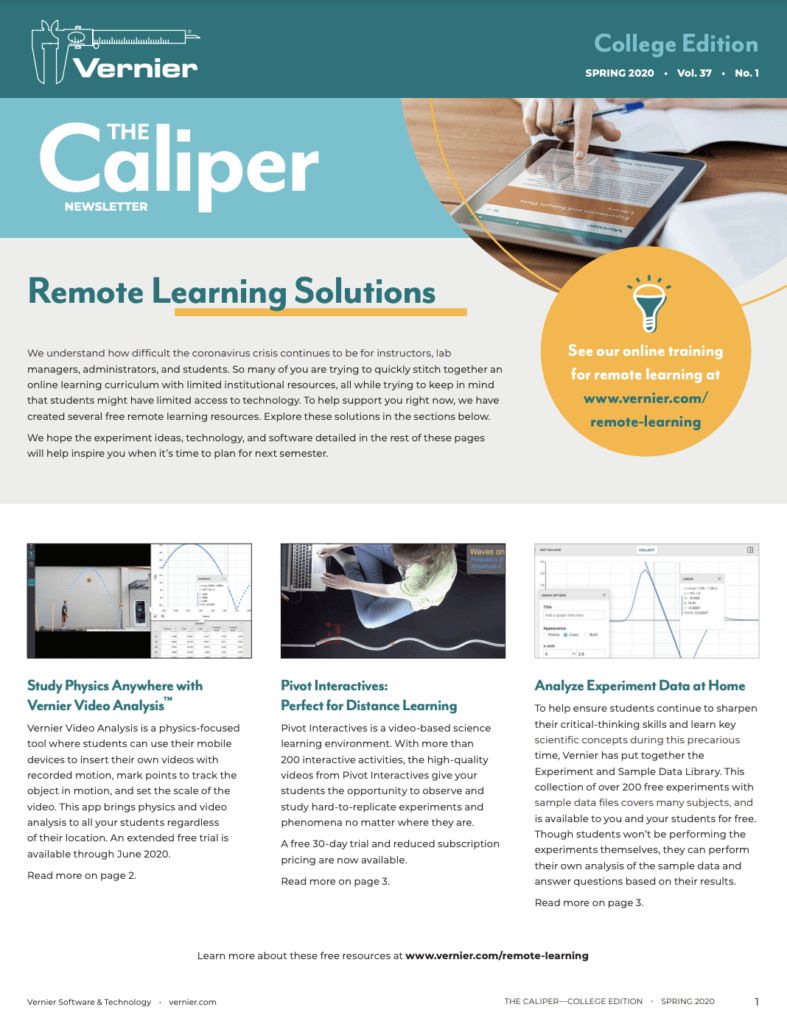
Our online archive provides access to past issues of The Caliper. The oldest issue available, which dates back to fall 1995, is an especially fun trip down memory lane.
It introduced a version of Graphical Analysis that could be used with Windows 3.1 or Windows 95. It also announced that Vernier’s first Conductivity Probes would ship January 15, 1996.
Further, in an article headlined “Ten Years Ago in This Newsletter,” Dave Vernier had this to say:
In our Fall 1985 issue we announced our newest program, Voltage Plotter for Apple II computers. It worked with either a game port interface called a “Voltage Input Unit” or an “Advanced Interfacing Board.” We still sell improved versions of these products.
We mentioned hard disks for the first time and included special tips for those few Apple II users lucky enough to have a hard disk. We tested our programs on our 10-Meg Sider hard disk. Now most of our computers have more RAM than that!
Christine Vernier included a plea for science jokes for the newsletter. She said I was desperate for new material. Some things don’t change.
Another fun blast from the past is available from the Internet Archive’s Wayback Machine; check out this online version of the spring 1996 issue of The Caliper.
Fast-forward to 2021, which has been a big year in the evolution of The Caliper. Now a monthly, online-only publication, it is dedicated to providing educators with ideas and inspiration for inclusion, engagement, and excellence in STEM.
This change aligns with a company-wide dedication to providing equitable STEM education and increasing diversity in the field. Today, The Caliper also seeks to spotlight groups that have been traditionally underrepresented in STEM, honoring and celebrating their contributions to science.
We launched our new online format for The Caliper this February with a series of articles celebrating Black History Month, and we most recently spotlighted Native American Heritage Month. In between, we covered important, timely topics of interest to STEM educators, such as three-dimensional learning, climate change, and formative assessment.
As the year draws to a close, we are looking back at the five most popular articles of 2021:

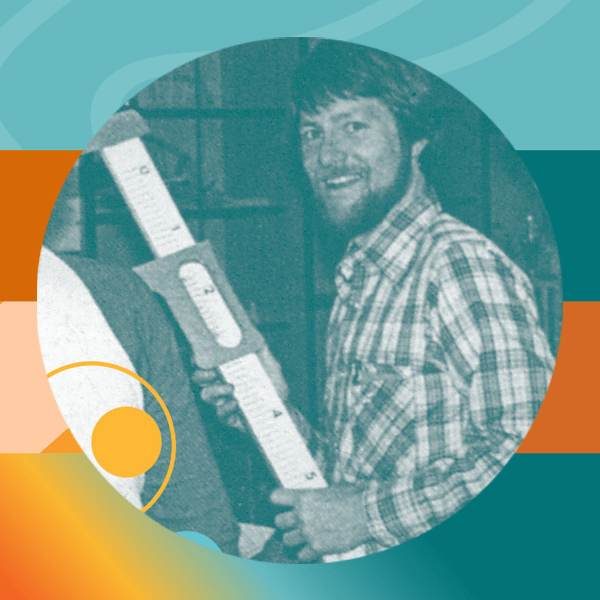


We hope you enjoy revisiting this year’s top articles from The Caliper, and we look forward to providing you with new content next year.
Thanks for reading!
Share this Article

Sign up for our newsletter
Stay in the loop! Beyond Measure delivers monthly updates on the latest news, ideas, and STEM resources from Vernier.





